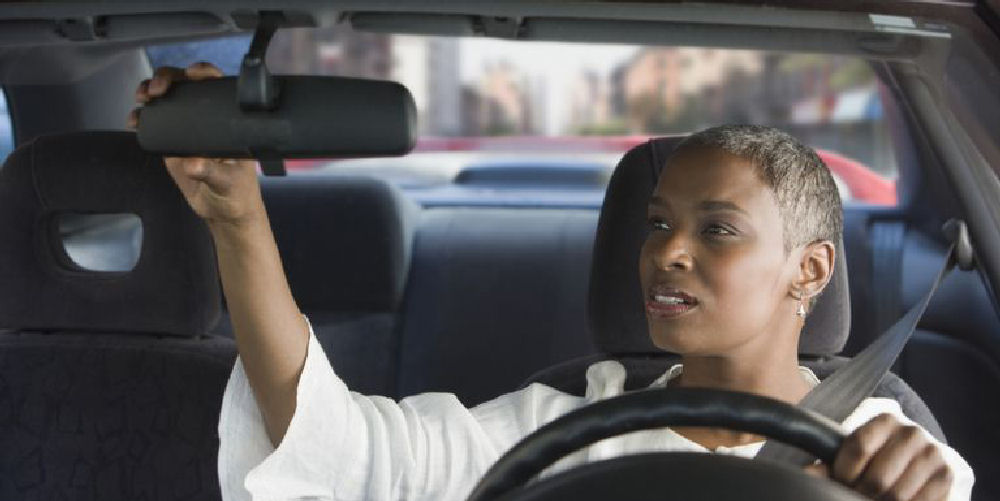When you pass your driving test, you have shown that you know the basics and you are competent. But that does not mean you are an expert driver, and there is still a lot that you can learn over the years. The roads are dangerous, and if you drive irresponsibly, you put yourself and others in serious peril. The good news is, there are some simple things you can do to improve your driving skills. These are the best ways to become a safer driver.
Practice
Like anything, driving takes practice, and you’ll find that the longer you have been driving, the more confident you will become. You will be more relaxed, and it’ll be easier for you to spot hazards on the road and avoid them. So, try to drive as much as possible and drive in different conditions. If you are concerned about practicing in dangerous conditions, you could even try your hands at a motion simulation racing sim cockpit UK where you can simulate a real driving experience. These simulators handle just like a real car, and they’re incredibly immersive, so they can be good for helping new drivers practice and build their confidence. However, bear in mind that the consequences of poor driving are not the same as they are in real life, and you still need experience with real driving.
Follow The Speed Limit
This sounds obvious, but too many people think that the speed limit is a guideline. They think that if they’re only slightly over, it doesn’t matter, but that isn’t true. Speed limits are carefully calculated for a reason, and exceeding them, even by a small amount, makes it much more dangerous for you and everybody else.
When weather conditions are bad, you need to adjust your speed. Even though you might be technically under the speed limit, you need to go much slower when it is raining or snowing. Never exceed the speed limit and in harsh conditions, use your best judgment.
Be A Proactive Driver
Proactive driving is an important concept that can help you stay safe on the roads. It’s a mistake to assume that all other drivers are competent and will follow the rules of the road. In fact, you should assume that all other drivers are incredibly dangerous and unpredictable. Even if that isn’t true, this mindset helps you react to situations as they develop. If you notice other drivers around you being dangerous, you can make small adjustments to give them more space or stay out of their way.
Proactive driving extends to things like weather conditions too. You’re always aware of what is happening on the roads, and you are constantly adapting to the situation before it has happened, rather than driving along and assuming that there are no dangers.
Brake Slowly
Slamming the brakes on and skidding to a halt is not only bad for your car, but it’s also very dangerous. It’s unpredictable for the drivers behind you, and they could easily go into the back of you. Learning how to brake properly makes you safer on the roads and saves your brakes and tires.
Always start braking early and apply slight pressure. Gently feather the brakes to slow down before coming to a complete stop. This is far more controlled, and it gives other motorists around you time to react.
Give People Space
This is something that a lot of drivers fail to understand. Getting right behind somebody and tailgating them just creates more dangerous situations. If they have to stop suddenly, you go right into the back of them. People are also more panicked when they have cars right behind them, so they are more likely to make mistakes. Both of you have less room to manoeuvre, and you don’t even benefit from being so close behind them.
Ideally, you should follow the two-second rule. When the driver in front of you passes a certain fixed point, it should take you two seconds to reach the same point. This gives you both plenty of space, and if there is an unexpected stop, you won’t crash into each other. Safe driving is a skill that everybody needs. Follow these basic principles, and you can reduce the danger to yourself and others on the road.

